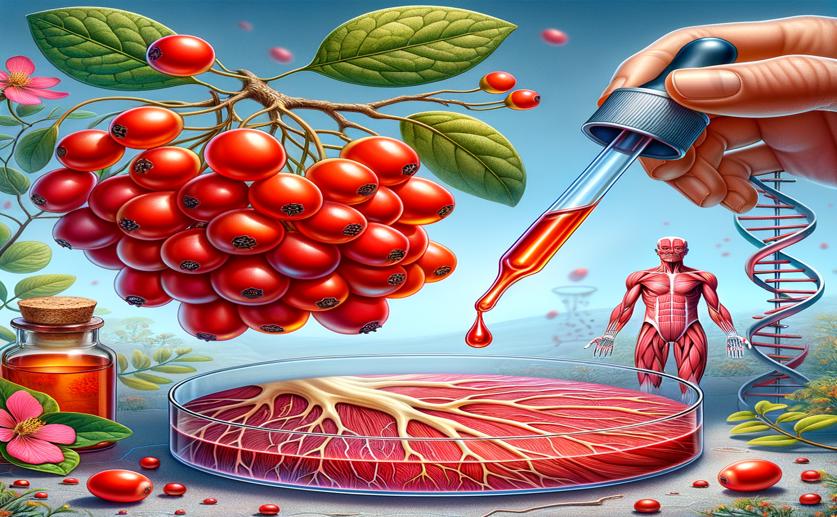
Wolfberry Extract Helps Improve Age-Related Muscle Issues by Boosting DNA Repair
Jim Crocker
3rd August, 2024

Image Source: Natural Science News, 2024
Key Findings
- The study by Jiangnan University found that an aqueous extract of wolfberry (AEW) improves muscle mass, strength, and endurance in aging mice
- AEW reduces oxidative stress and inflammation, which are linked to aging-related muscle damage
- AEW promotes DNA repair and decreases the activity of inflammatory genes, suggesting it could help maintain muscle health in the elderly
References
Main Study
1) Aqueous Extract of Wolfberry Alleviates Aging-Related Skeletal Muscle Dysfunction by Modulating PRRs Signaling Pathways and Enhancing DNA Repair.
Published 1st August, 2024
https://doi.org/10.1002/mnfr.202400307
Related Studies
2) Redox Control of Skeletal Muscle Regeneration.
3) Impact of Exercise and Aging on Mitochondrial Homeostasis in Skeletal Muscle: Roles of ROS and Epigenetics.
4) Artificial-intelligence-driven discovery of prognostic biomarker for sarcopenia.



 27th July, 2024 | Jim Crocker
27th July, 2024 | Jim Crocker